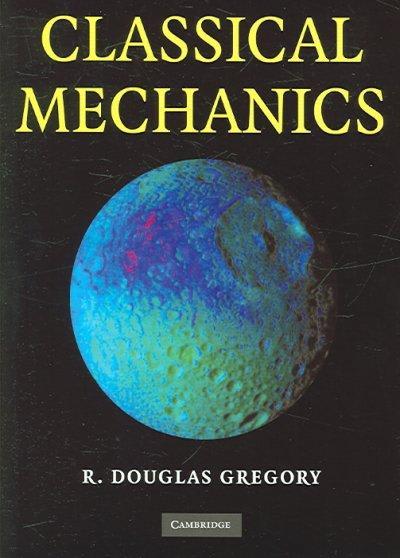Please help me understand the following questions:
DETAILS ASWSBE13 11.E.028. MY NOTES ASK YOUR TEACHER You may need to use the appropriate technology to answer this question. City Trucking, Inc., daims consistent delivery times for its routine customer deliveries. A sample of 21 truck deliveries shows a sample variance of 1.5. Test to determine whether No: a s 1 can be rejected. Use a = 0.10. State the null and alternative hypotheses. Ho:' 21 Hold = 1 Had's1 Find the value of the test statistic. Find the p-value. (Round your answer to four decimal places.) p-value - State your conclusion. O Do not reject Ho. We can conclude that ? > 1. Do not reject Me. We cannot conclude that a? > 1. O Reject Ho. We can condude that a > 1. Reject Ho. We cannot conclude that a? > 1. DETAILS You may need to use the appropriate technology to answer this question. Consider the following hypothesis test. Ha: 1 (a) What is your conclusion if n, = 21, s, 2 = 8.2, n2 = 26, and s_2 = 4.07 Use a = 0.05 and the p-value approach. Find the value of the test statistic. Find the p-value. (Round your answer to four decimal places.) p-value = State your conclusion. O Reject Ho. We cannot conclude that a, ~ # azz. O Do not reject Ho- We cannot conclude that o, ? # 62?. O Reject Ho. We can conclude that a, ? # 52 2. O Do not reject Ho- We can conclude that a, ? # 52 2. (b) Repeat the test using the critical value approach. Find the value of the test statistic, State the critical values for the rejection rule. (Round your answers to two decimal places. If you are only using one tail, enter NONE for the unused tail.) test statistic s test statistic 2 State your conclusion. O Reject Ho. We cannot conclude that a, ? # a2 2. O Do not reject Ho- We cannot conclude that o, ? # #2 2. O Reject Ho. We can conclude that a, 2 # 2?. O Do not reject H. We can conclude that a, 2 # 5,2.3. DETAILS ASWSBE13 12.E.004. MY NOTES ASK YOUR TEACHER You may need to use the appropriate technology to answer this question. Benson Manufacturing is considering ordering electronic components from three different suppliers. The suppliers may differ in terms of quality in that the proportion or percentage of defective components may differ among the suppliers. To evaluate the proportion of defective components for the suppliers, Benson has requested a sample shipment of SO0 components from each supplier. The number of defective components and the number of good components found in each shipment are as follows. Supplier Component Defective 10 15 35 Good 490 485 465 (a) Formulate the hypotheses that can be used to test for equal proportions of defective components provided by the three suppliers. O He: PA = Po = PC He: All population proportions are not equal. O He: All population proportions are not equal. No: PA = PB = P OHi PA - Pa - PC He: Not al population proportions are equal. O Me: Not all population proportions are equal. Ha PA " PB = PC (b) Using a 0.05 level of significance, conduct the hypothesis test. Find the value of the test statistic. (Round your answer to three decimal places.) Find the p-value. (Round your answer to four decimal places.) p-value = State your conclusion. Do not reject Ho. We conclude that the suppliers do not provide equal proportions of defective components. O Reject Ho. We cannot conclude that the suppliers do not provide equal proportions of defective components. Do not reject Ho. We cannot conclude that the suppliers do not provide equal proportions of defective components. O Reject Ho. We conclude that the suppliers do not provide equal proportions of defective components. (c) Conduct a multiple comparison test to determine if there is an overall best supplier or if one supplier can be eliminated because of poor quality. Use a 0.05 level of significance. (Round your answers for the critical values to four decimal places.) Comparison P, - P, CV Significant Diff > CV/ A vs. B A VS. C 7 B vs. C Can any suppliers be eliminated because of poor quality? (Select all that apply.) Supplier A O Supplier B O Supplier C none








